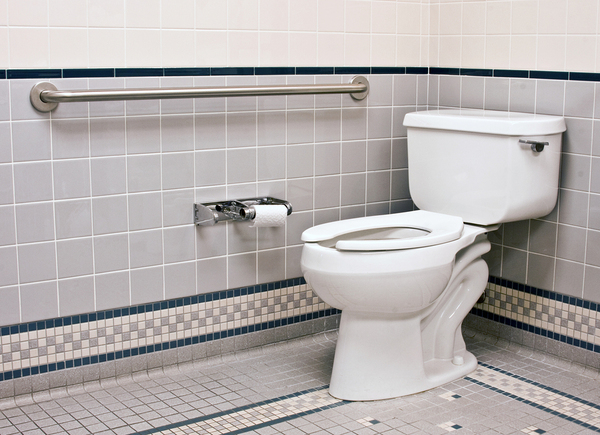Baby boomers entering their retirement years have not only increased the need for occupational therapists, but they have also influenced the material OTs need to understand.
Occupational therapists are tasked with helping baby boomers age productively. Productive aging allows baby boomers to continue contributing to their community, society, family, and even their own health decisions. As an occupational therapist, you can help your clients adjust to changes by developing useful action plans.
1. Strategizing for Chronic Diseases
Many individuals are aging while also facing chronic illness and disease. Many of these conditions leave patients with pain, disability, and emotional strife. Developing empathy for individuals struggling with these conditions is critical for helping them cope with the emotional and physical challenges, but so is building a physical plan. For instance, many individuals with chronic illness benefit from aquatic therapy.
Occupational therapists should also consider the role memory loss can play in the lives of their clients. Simple puzzles can provide new ways of thinking for individuals who perform repetitive tasks. They can address issues like wandering and personality changes by working with clients and their family members.
2. Emphasize Engagement
Staying engaged in occupational tasks is highly effective. Active participation in physical, social, and leisure activities is beneficial for maintaining excellent health. In fact, productive aging recognizes that growing older comes with a series of gains and losses.
Occupational therapists benefit their clients by focusing on regular daily tasks to maintain fine and basic motor skills. New puzzles and crafts offer the perfect opportunities to develop skills.
3. Suggest Home Modifications
Home modifications are a good idea because they prevent injury. Being able to move around the home safely is critical, so occupational therapists should develop an accurate understanding of their client’s strengths and weaknesses.
Consider specific modifications you can use to maintain a safe environment for your client:
- Grab bars near toilets
- Bathtub seats
- Walk-in showers and tubs
- Slip-resistant bathroom floors
- Stairlifts
- Medical alert system
Other modifications may also be needed, specific to certain client populations. For instance, individuals with vision loss may need to focus on detecting patterns and using colors as a guide. Brightly colored stickers and labels can help people find important outlets, switches, and buttons. Bright colors can also point out tripping hazards.

Grab bars make a late-night trip to the bathroom less dangerous for individuals who benefit from therapy.
4. Provide Caregiver Assistance
Caregivers face a heavy workload, especially because they are often caring for children and going to work at the same time as providing care for a loved one. Communicating with caregivers about their needs is a fantastic way to provide support as an OT.
Often, caregivers feel strained, as if they cannot express themselves completely. Occupational therapists can help caregivers better understand boundaries and ways to find respite.
5. Occupational Therapy Continuing Education
Staying up-to-date on occupational therapy education is one of the best ways you can provide high-quality care for your clients. For instance, your coursework can teach you how to be more empathetic to the challenges faced by individuals from different generations.
Consider our occupational therapy courses so you can learn more about productive aging and the role you can play in creating a fulfilling environment for your clients as they grow older.








